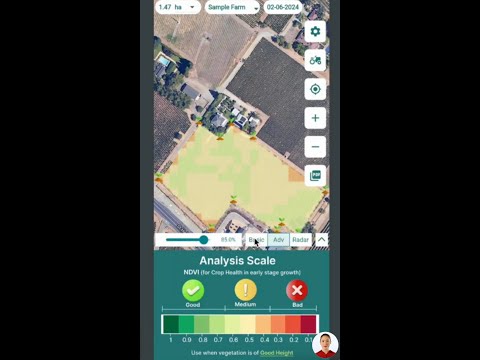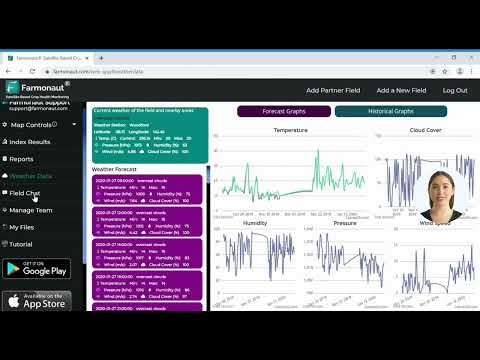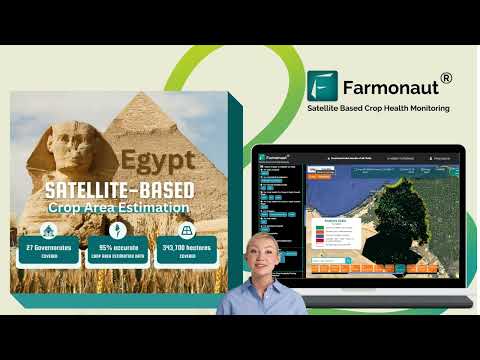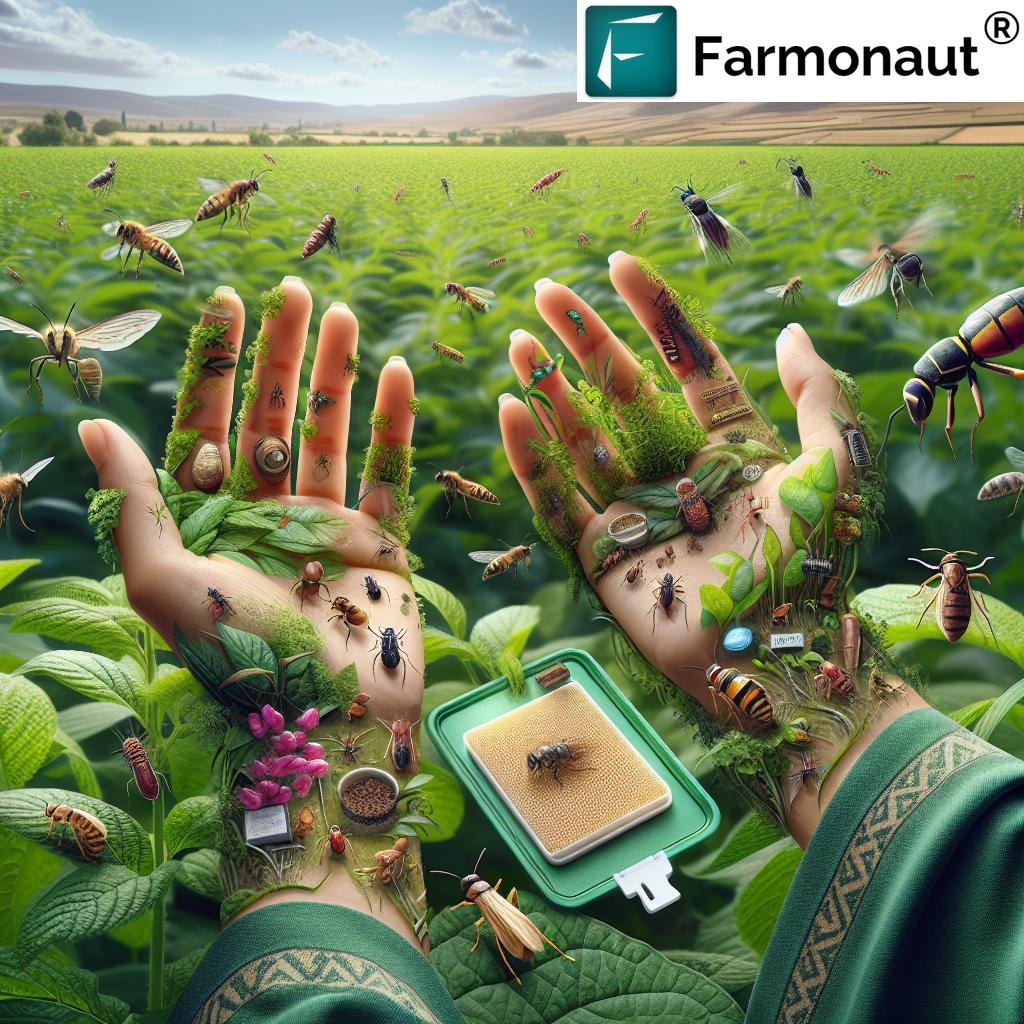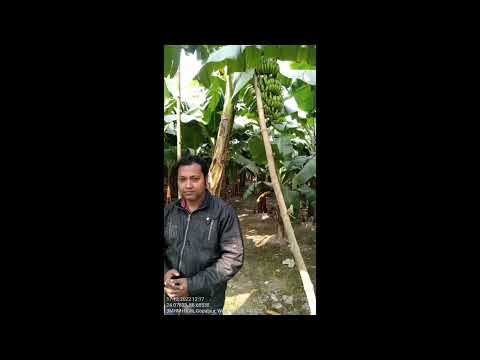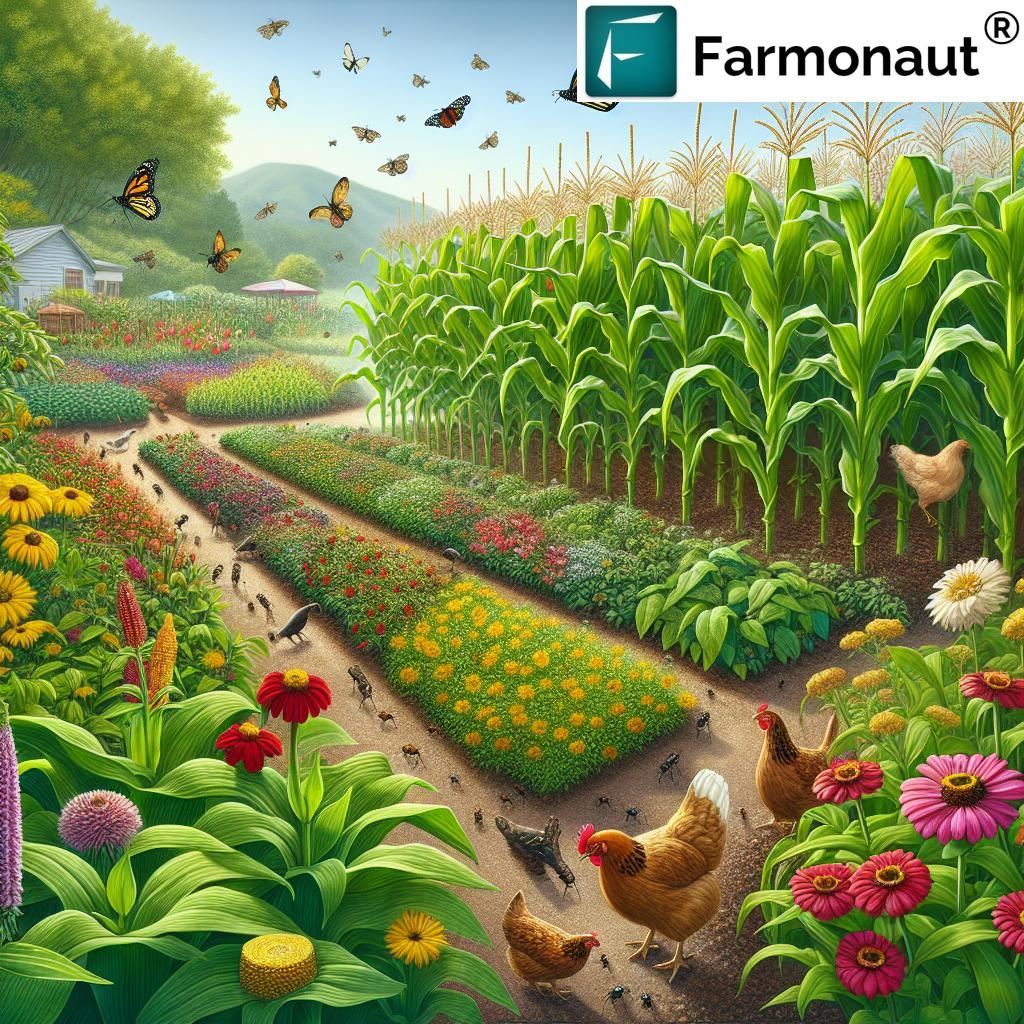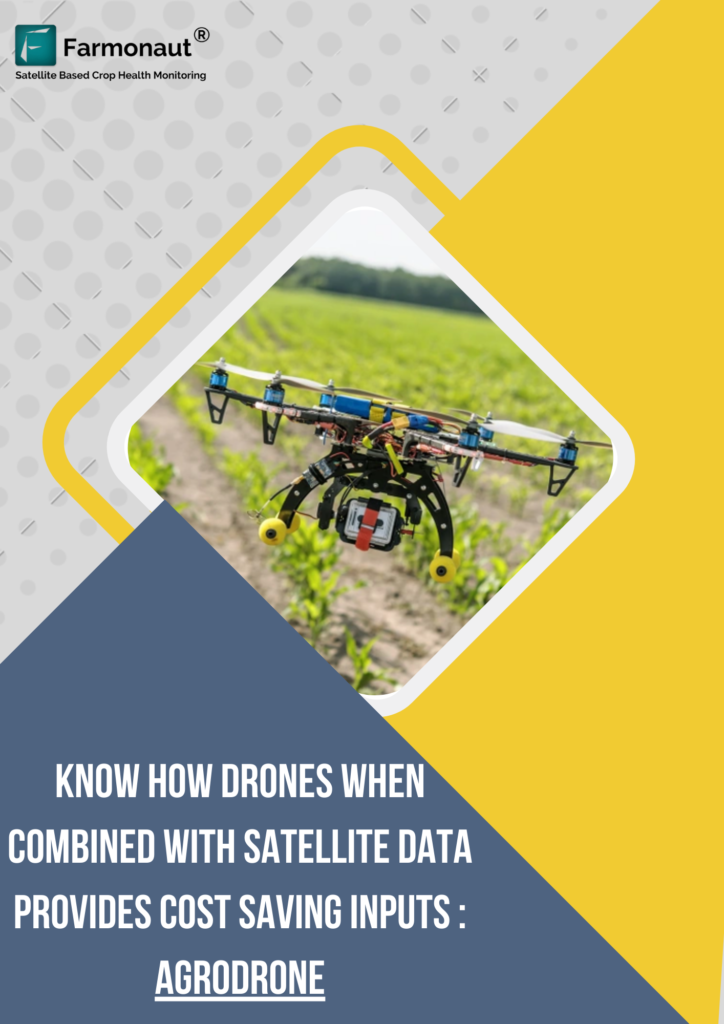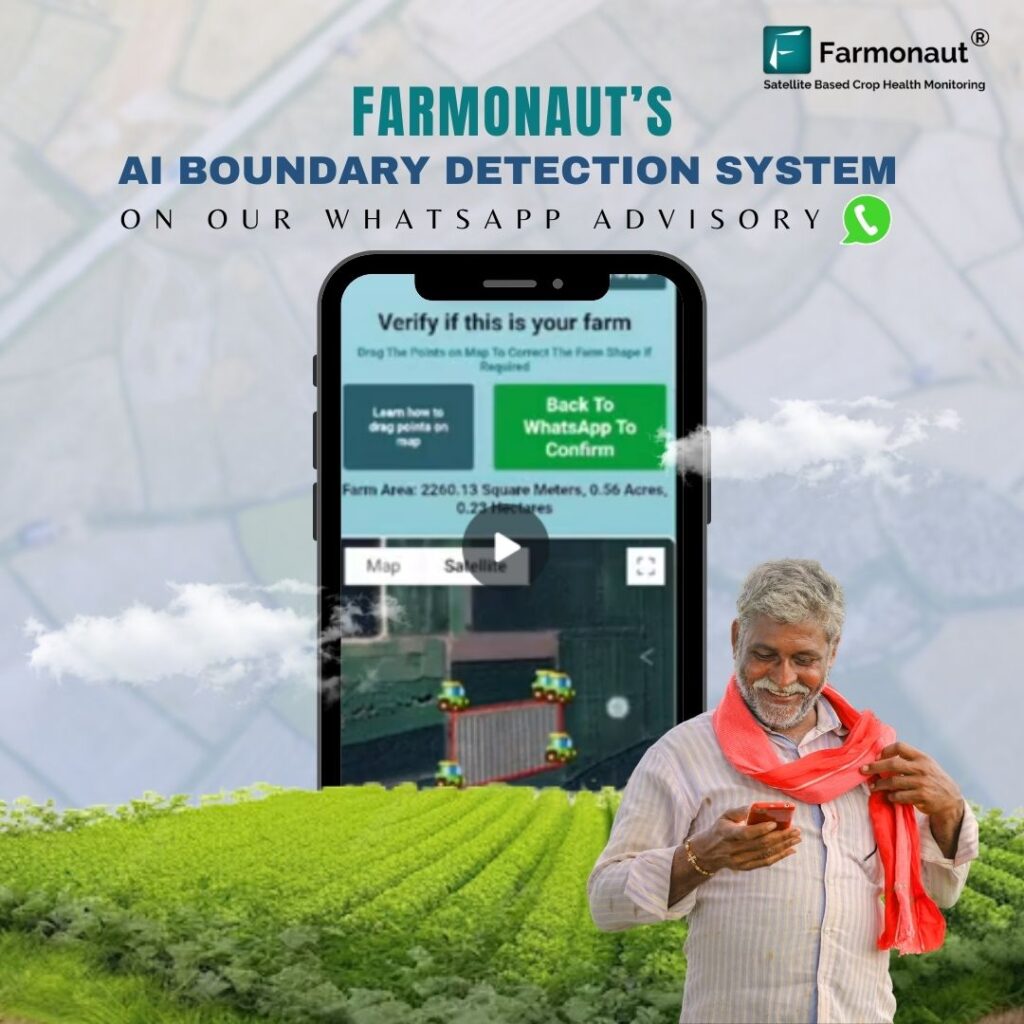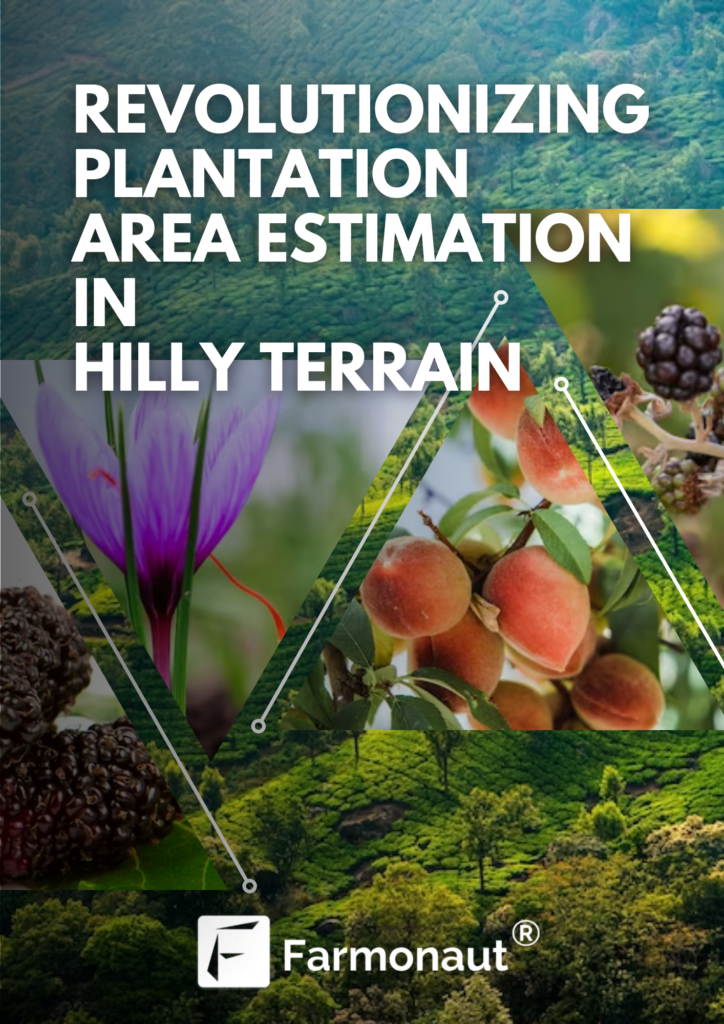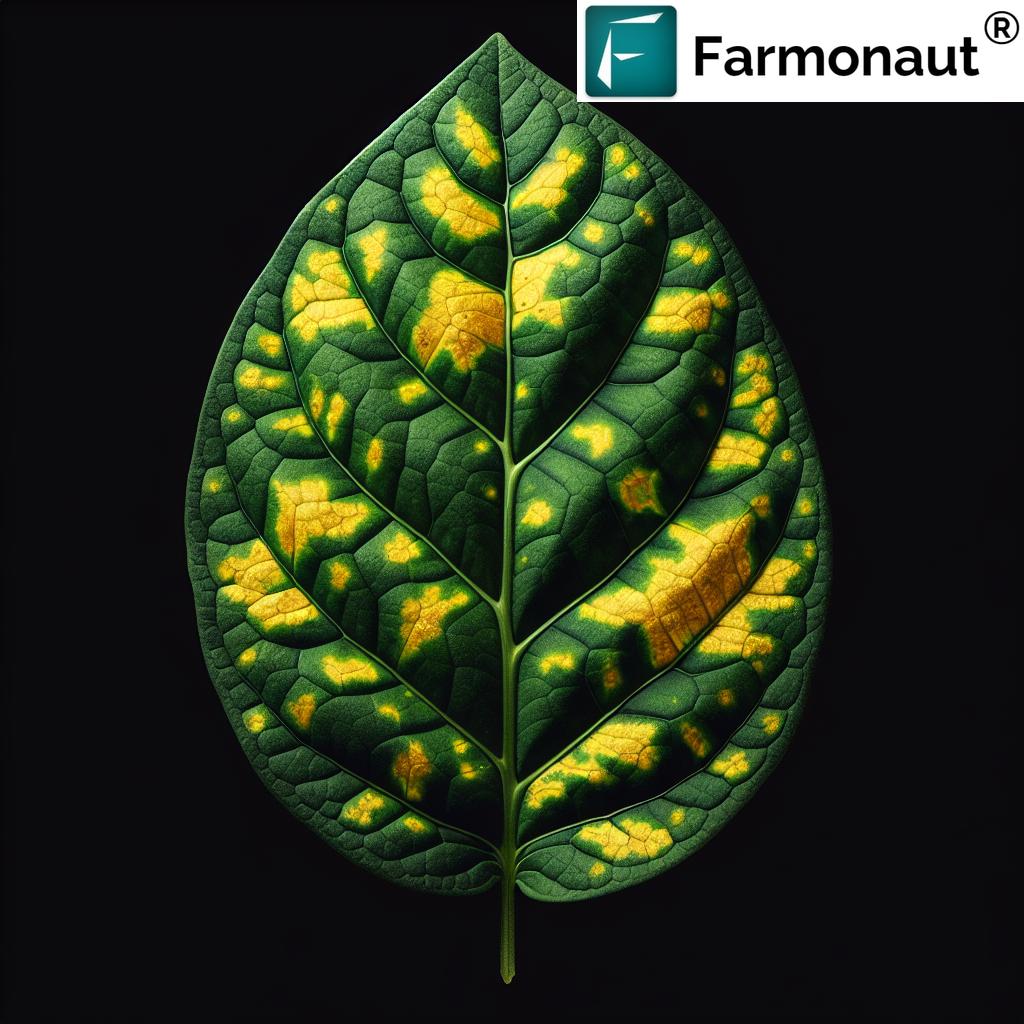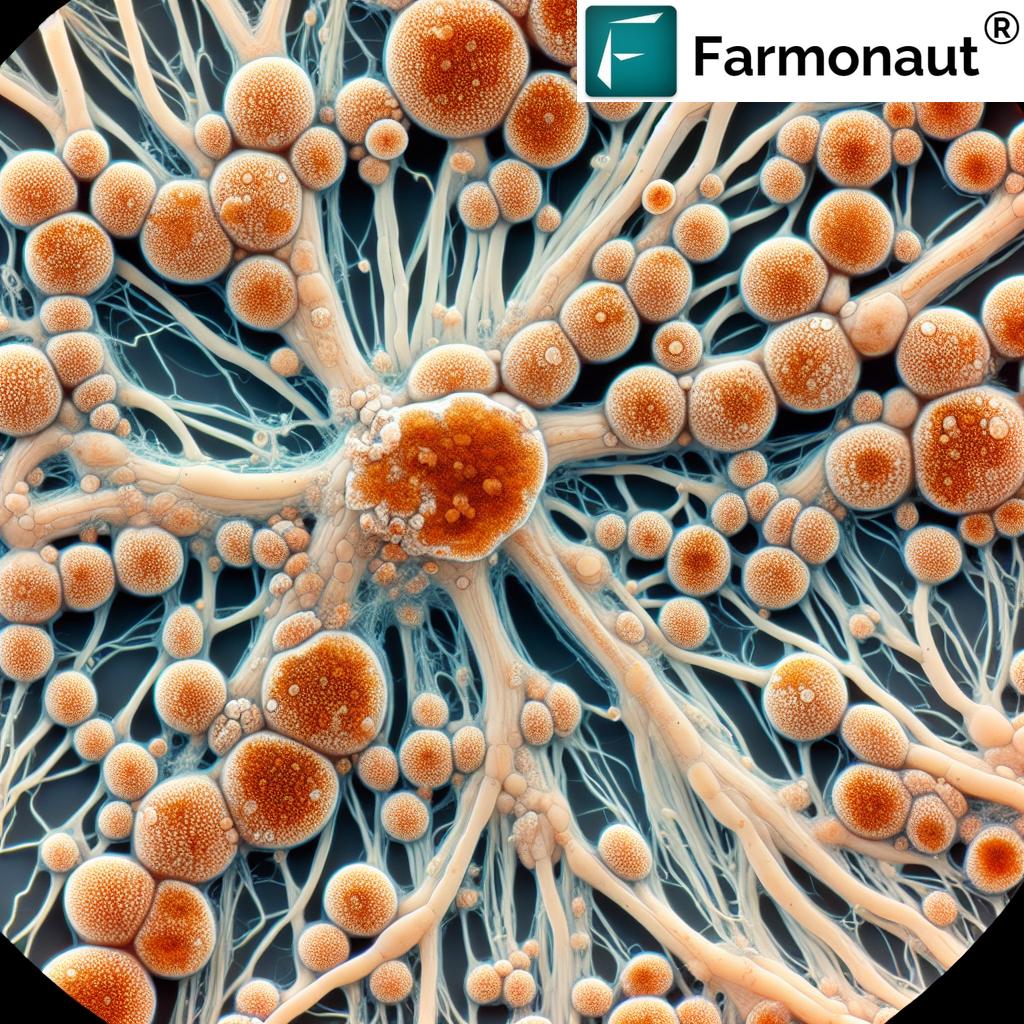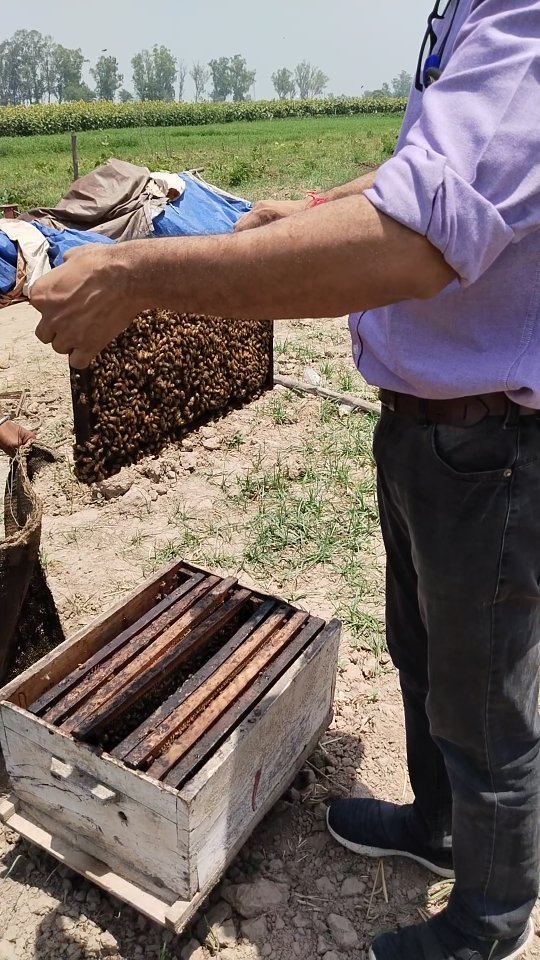Table of Contents
- Preventative Pest Control Summary
- What is Preventative Pest Control?
- 1. Integrated Pest Management (IPM): The Cornerstone of Prevention
- 2. Cultural Control Practices for Crops
- 3. Biological Pest Control Methods
- 4. Mechanical Pest Control Techniques
- 5. Habitat Manipulation for Pest Control
- 6. Sanitation in Pest Management
- 7. Policy and Regulatory Frameworks Supporting Prevention
- Comparison Table: Sustainable Pest Control Strategies
- How Farmonaut Empowers Sustainable Pest Management
- Frequently Asked Questions (FAQ)
- Conclusion: Building a Resilient Future
Preventative Pest Control: 7 Shocking Crop Hacks!
Effective pest management remains crucial for maintaining healthy crops and forest environments. In today’s rapidly evolving agricultural and forestry landscapes, preventative pest control is gaining ground as a proactive method to protect crops, reduce infestations, and foster sustainable practices. This comprehensive guide unveils 7 shocking crop hacks for sustainable, effective pest control in agriculture, farming, and forestry.
We’ll explore each major preventative measure, highlight their impact on pest populations, and demonstrate how combining these methods can be a game-changer for food and forest security. Along the way, we’ll reveal how Farmonaut’s state-of-the-art satellite-based solutions boost the effectiveness of integrated pest management and provide actionable insights for your farm, plantation, or managed forest.
What is Preventative Pest Control?
Preventative pest control is a forward-thinking, sustainable pest management approach focused on preventing the emergence and proliferation of pests—instead of reacting with emergency interventions. These methods are designed to reduce the likelihood of pest infestations, minimize crop and environmental damage, and reduce reliance on chemical pesticides.
- Proactive Rather Than Reactive: By anticipating pest problems, we can implement low-impact measures that sustain farm productivity and ecological health.
- Integrates Multiple Strategies: Integrated pest management (IPM) blends monitoring, biological, cultural, mechanical, sanitation, and chemical controls (as a last resort).
- Enhances Ecosystem Health: Preventative approaches preserve beneficial insects, reduce environmental impacts, and build system resilience.
1. Integrated Pest Management (IPM): The Cornerstone of Prevention
What is Integrated Pest Management?
Integrated pest management (IPM) is a holistic approach that combines multiple strategies for sustainably managing pest populations (FAO). Its main objective is to maximize crop health and minimize adverse environmental impacts and input costs, while reducing dependency on chemical pesticides.
We rely on IPM strategies in agriculture, farming, and forestry because these programs are economically viable, environmentally friendly, and emphasize prevention. The dynamic, flexible nature of IPM allows for adaptation based on pest dynamics, weather, and evolving farm or forest conditions.
Core Components of Integrated Pest Management
-
Pest Monitoring and Identification: Consistent monitoring is central to IPM. We use visual inspections, traps, remote sensing technologies, drones, and satellite data to quickly and accurately identify pests, assess population levels, and establish the best intervention timing.
Farmonaut’s platform leverages advanced satellite farm management to provide real-time, field-level pest population health data and alerts. - Establishing Threshold Levels: Not every pest sighting requires intervention. By establishing economic thresholds—the point at which pest levels threaten significant loss—we avoid unnecessary treatments, preserving environmental and economic resources.
- Cultural Controls: We apply cultural control practices for crops (detailed below) such as crop rotation and resistant varieties to reduce pest habitats and build natural resilience.
- Biological Controls: Instead of disrupting entire ecosystems, we use biological pest control methods: introducing natural predators (lady beetles, wasps, parasitoids), beneficial fungi, and bacteria to suppress pests.
- Mechanical Controls: These mechanical pest control techniques range from hand-picking larvae to using pheromone traps for targeted species.
- Chemical Controls: If all other measures are insufficient, we use targeted, low-toxicity, or organic chemical applications—always as a last resort to protect the environment and reduce resistance.
- Education and Training: We encourage training for stakeholders—from farmers to extension workers—ensuring proper implementation and maximizing the community’s role in sustainable pest management.
Summary: IPM strategies in agriculture create a feedback loop—pest monitoring improves identification, which informs targeted control, further refining the process.
2. Cultural Control Practices for Crops
Harnessing Farm Wisdom to Prevent Pests
Cultural control is an age-old form of preventative pest control that exploits natural crop cycles, plant health, and farm hygiene to reduce pest populations (Wikipedia). These practices are highly effective and sustainable, often requiring little or no additional input cost.
Examples of Cultural Control
- Crop Rotation: By rotating crops—especially those of different life cycles and susceptibility—we disrupt pest life cycles and prevent the buildup of crop-specific pests.
- Resistant Varieties: Selecting and planting pest-resistant crop varieties minimizes losses and reduces the need for interventions.
- Adjusting Planting Dates: Altering planting dates can help us avoid peak pest emergence and synchronize crop growth when pest pressure is low.
- Dense Planting and Row Spacing: Denser crop planting and optimal row spacing make it harder for weeds and pests to establish and spread.
- Companion Planting: Integrating companion plants and cover crops—such as marigolds to deter nematodes—limits pest access and suppresses weed growth.
- Managing Crop Residues: Properly handling crop residues removes potential pest habitats that might otherwise lead to future infestations.
Curious about making your operation more sustainable? Farmonaut’s carbon footprinting tools provide real-time data on field emissions so you can adjust your cultural practices for a lighter environmental impact.
3. Biological Pest Control Methods
Utilizing Nature’s Defenders
As farmers and foresters, we harness biological pest control methods—the use of natural predators, parasites, and pathogens—to suppress pest populations in a targeted, environmentally friendly manner. Biological controls work in concert with natural systems, enhancing rather than harming ecological balance (Forestry.com).
- Predatory Insects: Lady beetles (ladybugs) devour aphids, while parasitic wasps lay eggs inside destructive caterpillars (like gypsy moths), breaking pest life cycles.
- Pathogenic Fungi and Bacteria: For example, Bacillus thuringiensis (Bt) is a bacterium that disrupts pest larvae but is harmless to crops and humans.
- Encouraging Natural Enemies: By creating habitat corridors, protecting hedgerows, and allowing for wildflowers, we support population growth of beneficial organisms.
Biological control is especially important when dealing with forest pests and helps keep pest populations in check without damaging the wider environment.
Want to boost trust and transparency in your pest management practices? Farmonaut’s blockchain-based traceability solutions let you track every intervention, strengthening consumer and stakeholder confidence.
4. Mechanical Pest Control Techniques
Hands-On and Targeted Pest Solutions
Mechanical pest control techniques involve physical actions to remove, trap, or exclude pests from crops and forests. While often labor-intensive, these methods can be extremely targeted and effective—especially when combined with other control strategies (Forestry.com).
- Hand Removal: Physically removing infested leaves or clusters is highly effective for small outbreaks or valuable crops.
- Pheromone Traps: These specialized traps lure specific pest species (e.g., bark beetles, moths) by mimicking chemical signals, allowing us to monitor and reduce population levels.
- Mechanical Barriers: Installing row covers or netting can prevent certain insects from reaching and damaging crops.
- Weed Machinery: Cultivators, mowers, and other mechanical devices help keep weeds—which often harbor pests—in check.
Modern farm management platforms can help us record, schedule, and optimize these interventions for multi-crop and large-scale operations.
5. Habitat Manipulation for Pest Control
Transforming Your Landscape to Favor Beneficial Species
We practice habitat manipulation for pest control by modifying the farm or forest landscape to favor natural enemies of pests (Govfacts.org). This rewards us biologically and economically.
- Planting Attractants and Refuges: Including flowering plants that attract beneficial insects (lady beetles, parasitic wasps) and providing habitat through hedgerows or cover crops increases their survival and overall pest control potential.
- Maintaining Field Borders: Preserving non-crop areas creates overwintering sites for natural enemies, deterring invasive pests.
Example: Planting strips of buckwheat or dill can attract parasitoid wasps, while borders of tall grasses encourage ground beetles that prey on many field pests.
Efficient landscape planning, pest monitoring, and resource allocation are easy to manage with Farmonaut’s fleet management tools. Larger farms benefit from optimized equipment use and reduced operating costs.
6. Sanitation in Pest Management
Clean Fields, Fewer Pests
Sanitation is a foundational component of preventative pest control and can be surprisingly effective in deterring outbreaks before they become problematic (Cropologies.com). By removing potential breeding grounds and habitats, cleaning equipment, and managing crop residues, we minimize pest establishment on the farm or in the forest.
- Cleaning Equipment Regularly: Farm equipment, tools, and vehicles can unintentionally transport pests or pathogens; routine cleaning helps prevent this.
- Crop Residue Management: Stems, leaves, and roots left in fields can harbor pests and diseases. Proper removal, composting, or burning (where safe and legal) helps reduce carry-over.
- Weed Management: Weeds provide alternative hosts for pests. Keeping weed populations at bay through mowing, mulching, or cultivated fallows improves overall pest management.
- Sanitation in Storage: Maintain hygiene in grain stores, silos, and greenhouses to prevent post-harvest pest infestations.
Sanitation practices are most effective when integrated with monitoring data—Farmonaut’s satellite-based monitoring makes this easy, alerting us to problematic areas that require cleaning or intervention.
Looking for smarter crop financing based on clean, pest-free fields? Farmonaut’s crop loan and insurance tools use satellite-based verification—reducing fraud risk and strengthening your access to reliable agricultural financing.
7. Policy and Regulatory Frameworks Supporting Prevention
The Bigger Picture: Enabling Sustainable Pest Management
No matter how rigorous our on-farm strategies, effective pest management also relies on supportive policy and regulatory frameworks (Forestry.com).
- Quarantine Measures: Local, regional, and national quarantine restrict pest movement and prevent invasive species spread. This is crucial for global food and forest security.
- Research & Development: Investment into pest biology, emerging threats, and new controls is vital. Satellite technology and data analytics drive innovation.
- Public Awareness Campaigns: Educating communities increases public involvement in reporting, monitoring, and managing pest problems.
- Collaboration Among Stakeholders: Coordination between farmers, foresters, governments, and NGOs enhances pest control efforts and leads to more widespread adoption of sustainable practices.
Leading-edge agri-tech like Farmonaut’s large-scale farm management and API access (here) with developer docs (here) supports integration of these policies and quick dissemination of data-driven best practices.
Comparison of Sustainable Pest Control Strategies for Crops
| Preventative Hack/Strategy | Pest Targets | Estimated Infestation Reduction (%) | Environmental Impact | Cost | Application Frequency |
|---|---|---|---|---|---|
| Integrated Pest Management (IPM) | Broad (insects, weeds, pathogens) | 40–50% | Low | Medium | Ongoing/seasonal |
| Cultural Control Practices | Soil-borne pests, weeds, crop-specific insects | 20–35% | Low | Low | Seasonal/annual |
| Biological Pest Control Methods | Aphids, caterpillars, other insects | 15–30% | Low | Medium | Biweekly/targeted |
| Mechanical Pest Control Techniques | Local insect pests, rodents, weeds | 10–25% | Low | Medium | As needed/targeted |
| Habitat Manipulation | Insect pests, beneficial encouragement | 10–20% | Low | Low | Annual/ongoing |
| Sanitation in Pest Management | Stored product pests, pathogens, weeds | 10–15% | Low | Low | Ongoing/seasonal |
| Policy & Regulatory Frameworks | Invasive/exotic species, region-wide | 20–40% | Low/Medium | Medium | Ongoing |
How Farmonaut Empowers Sustainable Pest Management
As we’ve explored, preventative pest control works best when supported by cutting-edge technology and actionable data. Farmonaut is dedicated to democratizing precision agriculture—bringing these capabilities to every farmer, forester, and agricultural stakeholder through accessible, affordable solutions.
- Satellite-Based Crop Health Monitoring: Receive multispectral insights into vegetation health, soil moisture, and pest risk—enabling early detection and targeted intervention.
- AI-Driven Advisory (Jeevn): Personalized crop management advice based on live satellite data and weather conditions, boosting productivity and integrated pest management decisions.
- Blockchain Traceability: Secure, transparent records of every intervention, improving trust across agricultural value chains.
- Fleet & Resource Management: Maximize the efficiency of your farm or forest machinery to reduce unnecessary energy use, optimizing operational sustainability.
- Carbon Footprinting: Quantify and manage your environmental impact for truly sustainable practices.
- Scalable, Accessible: Via Android, iOS, web, APIs, and customized platform packages, Farmonaut’s technology is available to individual farmers, cooperatives, agribusinesses, and governmental agencies—with flexible pricing and subscription options.
Ready to revolutionize your integrated pest management and sustainability journey? Explore Farmonaut’s tools here.
Frequently Asked Questions (FAQ)
What is the most sustainable way to control pests in crops?
The most sustainable approach is integrated pest management (IPM), which combines pest monitoring, threshold-based interventions, biological and cultural controls, habitat manipulation, and minimal chemical use to maintain ecological balance and crop health.
Can these pest control methods be applied in forestry as well as farming?
Absolutely. While certain details may differ, all seven preventative crop hacks—including biological interventions, habitat management, and sanitation—are highly effective and adaptable to forestry settings for maintaining healthy forests.
How does technology like Farmonaut improve pest monitoring?
Farmonaut’s satellite-based monitoring and AI-driven advisory systems deliver real-time crop and landscape data, enabling early detection of pest problems, targeted interventions, and improved recordkeeping for ongoing management decisions.
When are chemical controls justified?
Chemical interventions should only be used as a last resort, when pest populations cross established damage thresholds and cannot be controlled by other preventative or non-chemical practices. Choose targeted, eco-friendly products to minimize negative impacts.
How can I keep my farm or forest compliant with pest regulations?
Stay informed about quarantine measures, collaborate with peers and authorities, and use Farmonaut’s platform for data-driven compliance, pest monitoring, and transparent traceability.
Conclusion: Building a Resilient Future with Preventative Pest Control
Sustainable, preventative pest control is not just a set of tactics or quick fixes—it’s a comprehensive mindset that protects our crops, forests, and planet for the long term. By integrating these seven crop hacks—from IPM strategies, cultural and biological controls, to modern tech-enabled monitoring and supportive policy frameworks—we can effectively manage pest populations and reduce impacts, all while fostering robust ecosystem health.
With partners like Farmonaut, precision agriculture—powered by real-time, accessible insight—becomes the everyday reality for farms, foresters, and agricultural businesses worldwide. Let’s embrace prevention, sustainability, and continuous learning for a bountiful, pest-smart future!






